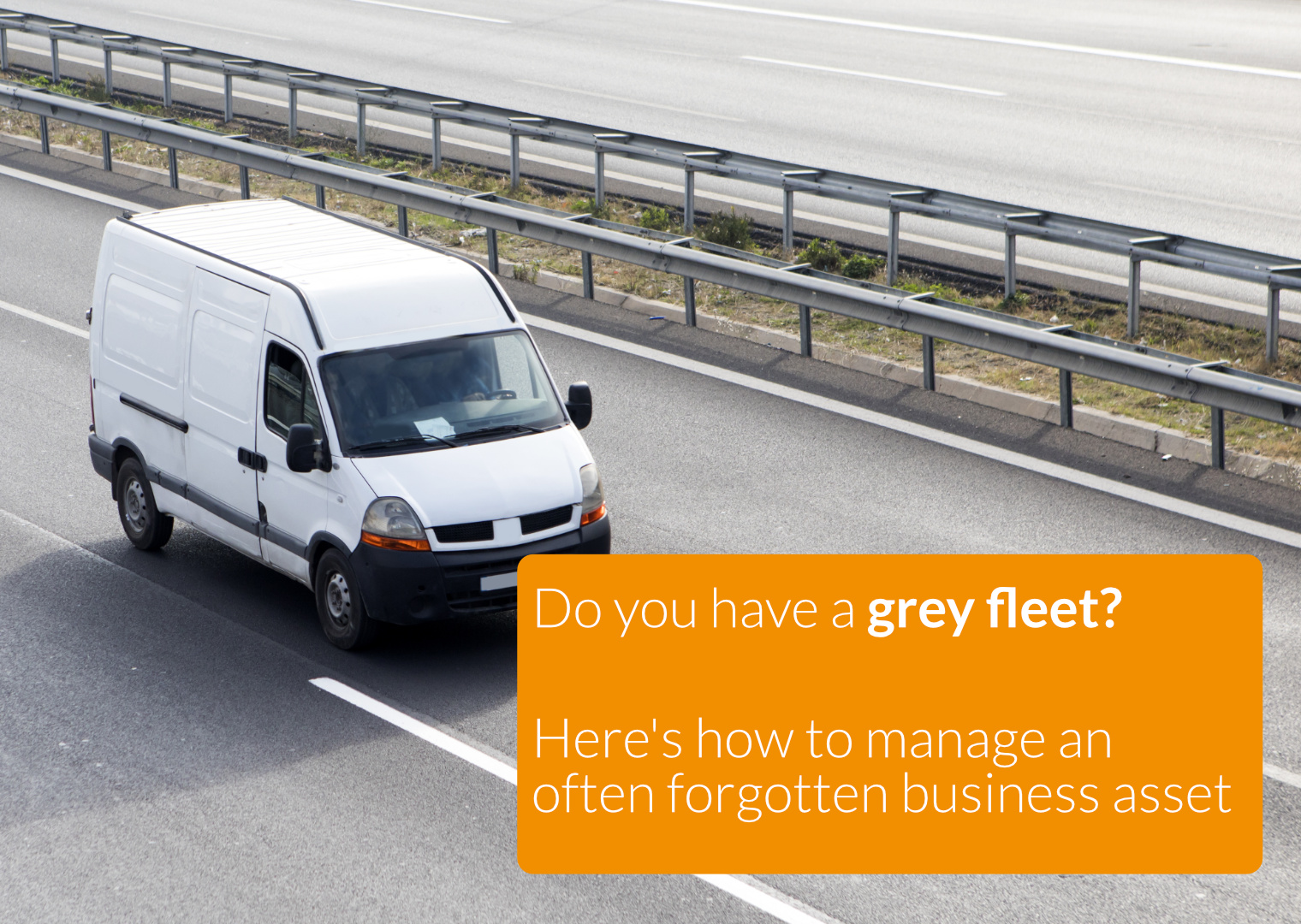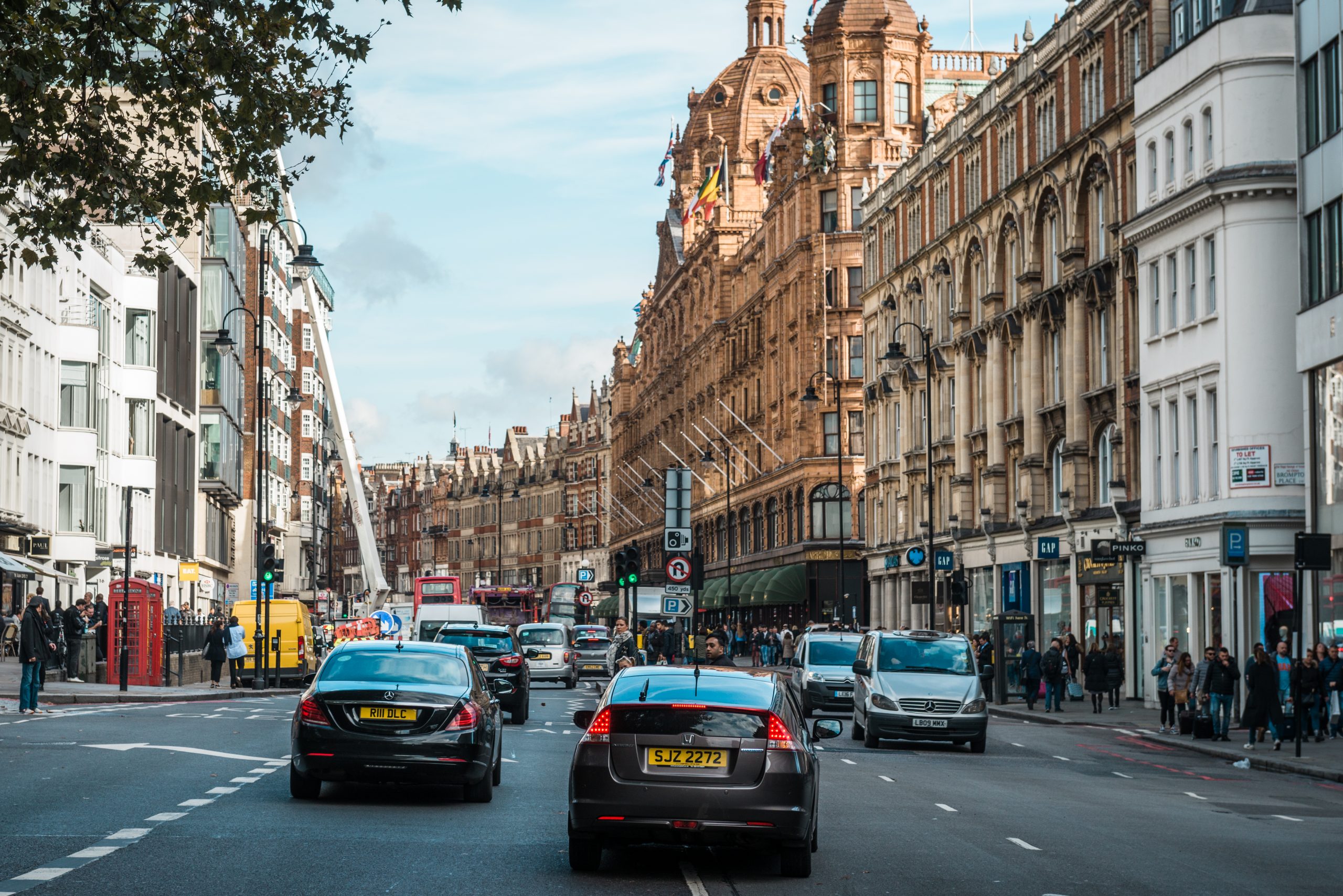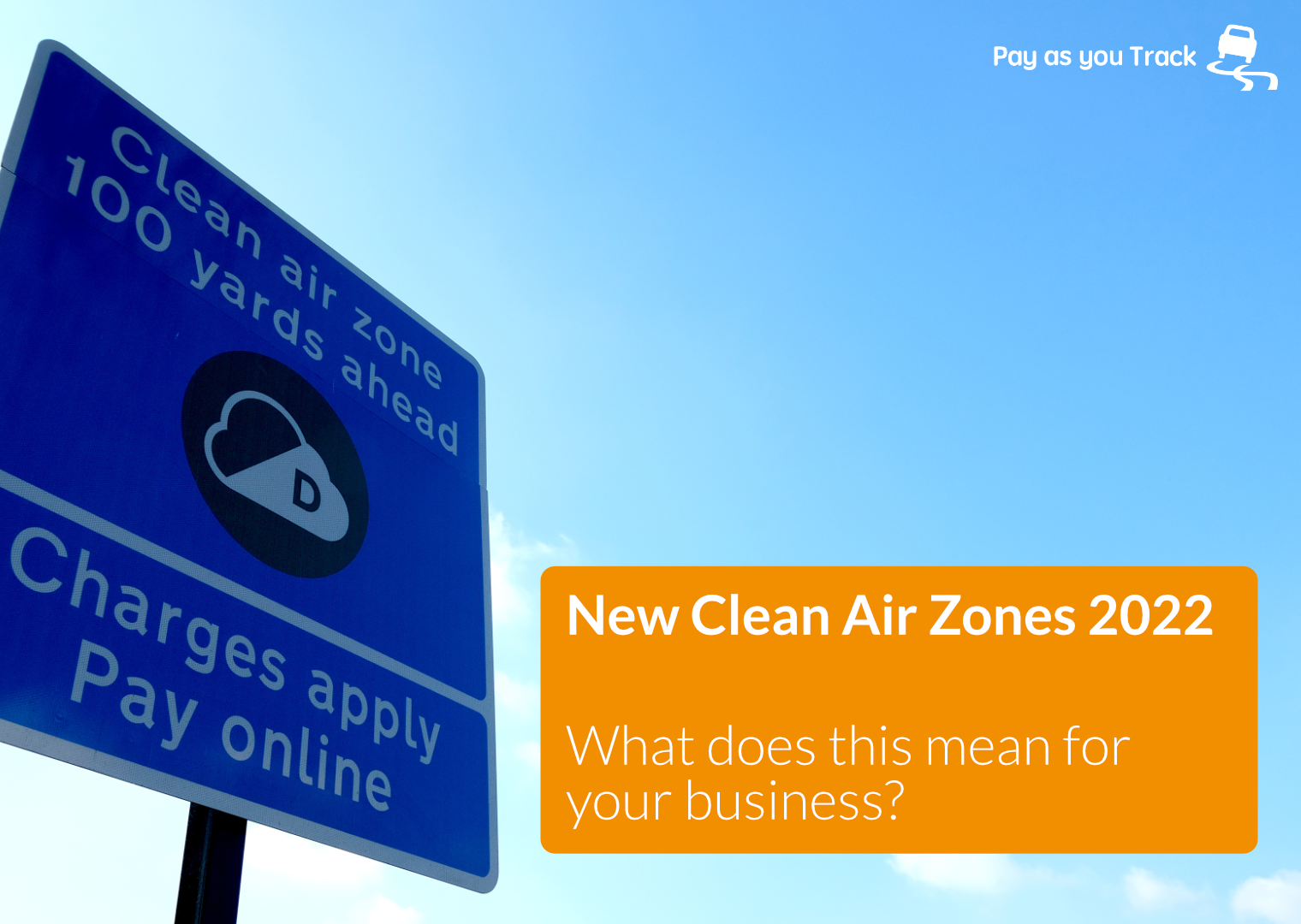
Do you have a Grey Fleet? Here’s how to manage an often forgotten business asset
June 15, 2022
TfL Data Shows Road Safety Improvements
July 25, 2022
New Clean Air Zones
Where are they and what do they mean for your fleet?
Written by: Joseph Tanner, Marketing Executive
What is a Clean Air Zone?
Clean Air Zones have been in the UK since 2008 when London introduced a Low Emission Zone to tackle air pollution and rising emissions. These are usually targeted at buses, coaches and HGVs, but can also apply to vans and cars in some areas. Local Authorities can decide what level of restrictions to apply. There are four classes of Clean Air Zone:
- Class A - Buses, coaches, taxis and private hire vehicles (PHVs)
- Class B - Buses, coaches, taxis, PHVs and heavy goods vehicles (HGVs)
- Class C - Buses, coaches, taxis, PHVs, HGVs and light goods vehicles (LGVs)
- Class D - Buses, coaches, taxis, PHVs, HGVs LGVs and cars
Local councils typically use automatic number plate recognition cameras (ANPR) to track vehicles and check their emission rating based on European Emission Standards. The current standard is Euro 6, with Euro 7 expected to start in 2025. More details about these standards can be found here.
Current Clean Air Zones
Charges listed below only apply to vehicles that do not meet the current emissions standard (non-compliant vehicles).
Bath has a Class C zone that applies to the city centre as of March 2021. Buses, coaches and lorries that don't meet the emission standards are charged £100 per day, taxis vans and minibuses are charged £9 per day, and cars and motorbikes are not charged.
More details of these can be found on Bath Council's website.
Birmingham has a Class D zone covering a portion of the city centre as of July 2021. This means that it applies to any vehicle driving through the zone with the exception of vehicles registered with a disabled tax class. Non-compliant buses, coaches and lorries are charged £50 per day, and all other vehicles that don't meet the emission standards are charged £8 per day.
More details of the zone can be found at www.brumbreathes.co.uk.
Glasgow introduced a low-emission zone in December 2018 which currently only applies to local buses. However, this will extend to all non-compliant vehicles entering the city centre from 1st of June 2023.
See more details on Glasgow Council's website.
London's Ultra Low Emission Zone expanded in October 2021 to include a larger part of the city. This applies 24/7 on all days except Christmas Day (25th December). Non-compliant buses, coaches and lorries are charged £100 per day, and £12.50 per day for smaller vehicles. Disabled Tax vehicles are exempt until 26th October 2025. There are currently plans to expand the area further to include the whole of greater London by the end of 2023.
Read more on Transport for London's website.
Oxford is the first city to have a Zero Emission Zone, introduced on 28th February 2022. This is currently only in a small pilot area in the city centre (around Cornmarket Street), applying from 7am to 7pm and charges £10 per day for all vehicles that don't meet the standard. When the zone expands in August 2025, this fee will increase to £20 per day. There are also smaller charges for vehicles with low emission statuses. More details can be seen on the council website here.
Portsmouth has a Class B Clean Air Zone as of 29th November 2021. This means that buses, coaches, and heavy goods vehicles that do not meet emissions standards are charged £50 per day, with taxis and private hire vehicles being charged £10 per day.
Read more at cleanerairportsmouth.co.uk.
Aberdeen, Dundee, Edinburgh and Glasgow each introduced a Low Emission Zone (LEZ) between February 2022 and May 2022.
These LEZs differ to the CAZs – a PCN is payable by the vehicle’s registered keeper when a non-compliant vehicle enters the LEZ, there is no otion to pay a charge unlike the CAZs.Read more about the plans in Scotland on the Low Emission Zones Scotland website.
Future Clean Air Zones
Bradford plan to introduce a Class C+ zone in from 26th September 2022. This applies to all vehicles except passenger cars and motorbikes (even if they are being used for work). Charges for non-compliant vehicles are:
- £50 daily for HGVs, Buses and Coaches.
- £9 daily for Minibuses and LGVs.
- £7 daily for private hire vehicles.
There are a number of incentives and grants for businesses to retrofit vehicles to ensure they meet emission standards. More details of these can be found on Bradford Council's website.
Bristol is introducing a Class D Clean Air Zone towards the end of 2022. This will apply to all vehicles entering the area with non-compliant HGVs, buses and coaches being charged £100 per day, and all other vehicles being charged £9 per day. There will be temporary exemptions for people on low incomes, hospital visitors and Blue Badge holders. More information can be found on Bristol Council's website.
Leeds used to have a Clean Air Zone, but this was soon scrapped. Businesses invested in more environmentally friendly vehicles after being told that their existing vehicles would have required them to pay to access the city every day.
In the 24 months that followed the announcement of the proposals, so many companies made the switch that the air quality in Leeds improved to such a point that the zone was no longer required. There is the possibility of a stricter version of the scheme being implemented in the future, but there is no set plan for this yet.
Liverpool council has been instructed by the government to produce a clean air plan, which will detail how air quality can be improved within the shortest possible time.
At present, the council is working to develop an air quality plan across the city that does not include a CAZ, but it is required to look at the options of how one may work.
Greater Manchester authorities' plans for a Clean Air Zone are currently under review after it was met with some opposition from local businesses and residents.
The original plan involved a Class C zone across all of Greater Manchester, although current negotiations expect a new Clean Air Plan to be delivered in July, after talks with local groups, businesses and residents.
Updates on the Clean Air Plan for Greater Manchester can be found at cleanairgm.com.
Originally planned for January 2021, Newcastle's Class C Clean Air Zone is expected in July 2022. This will mean charges for taxis, vans, buses, coaches and HGVs that don’t meet national emissions requirements. Private cars will not be affected. Non-compliant HGVs, buses and coaches will be charged £50, while taxis and vans will be charged £12.50.
More information about Newcastle's Clean Air efforts can be found at www.breathe-cleanair.com.
Norwich currently has a clean air zone that applies to buses only. There are talks of a scheme that would apply to all vehicles, however this is in very early stages and the council says that they do not intend the scheme to involve a 'congestion charge' to be imposed on general traffic.
Sheffield City Council plans to implement a Class C zone in late 2022, which will cover the inner ring road and the city centre. Buses, taxis, vans and lorries that do not meet emissions standards will have to pay to drive in the zone. Non-compliant HGVs, buses and coaches will be charged £50, while taxis and vans will be charged £10.00.
Read more on Sheffield Council's website.
What does this mean for my business?
Regular changes to zones and emissions standards mean that all vehicles should be checked regularly to see whether or not they are compliant with the EU standards, even if they have been checked before.
It is recommended that businesses install tracking software to correctly keep track of vehicles routes. A tracking system can also help identify if a vehicle is being used for business or personal use, and determine if the driver or business is responsible for a Clean Air Zone fee.
Our software has a number of tools to help reduce emissions in the form of fuel tracking, driver behaviour analysis and advanced geofences. Have a read of our article to find out more about how our software saves businesses money.
Businesses that own or manage 2 or more UK registered vehicles can set up an account to check and pay charges for multiple vehicles. You can create an account when you check or pay online with the Gov.uk website.
Clean Air Zone Exemptions
There are some national and local exemptions from the charge.
You’re automatically entitled to a national exemption, and do not have to pay a charge, if you have:
- a vehicle that’s ultra low emission
- a disabled passenger tax class vehicle
- a disabled tax class vehicle
- a military vehicle
- a historic vehicle
- a vehicle retrofitted with technology accredited by the Clean Vehicle Retrofit Accreditation Scheme (CVRAS)
- certain types of agricultural vehicles
Grants and Incentives
There are currently a number of schemes in place that offer grants and incentives to businesses to change to a more sustainable fleet. Check with local councils about any schemes in place or exemptions to business vehicles. There are also grants available from The Office for Zero Emission Vehicles (OZEV).
Get in touch to find out more about how we can help your business.
In need of a fleet management system?
That's where we come in. We can help you and your business decide what solution is right for your fleet.
